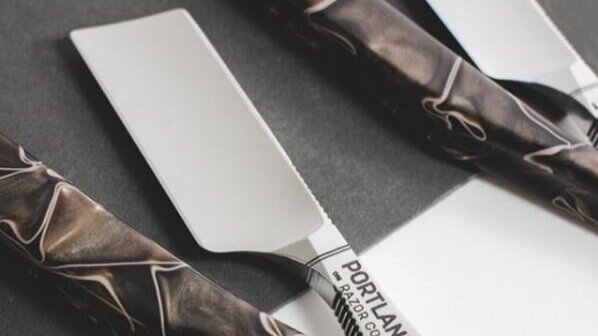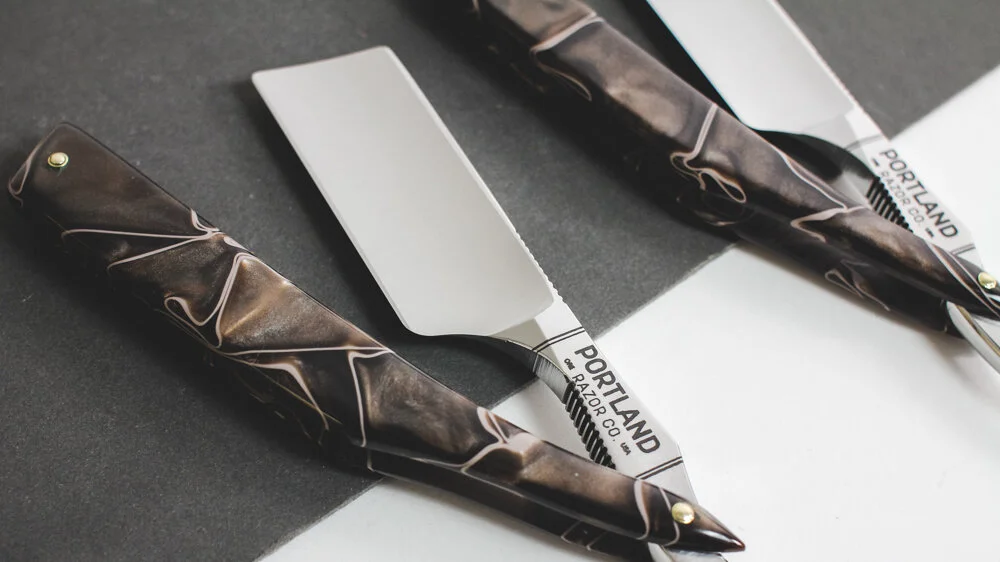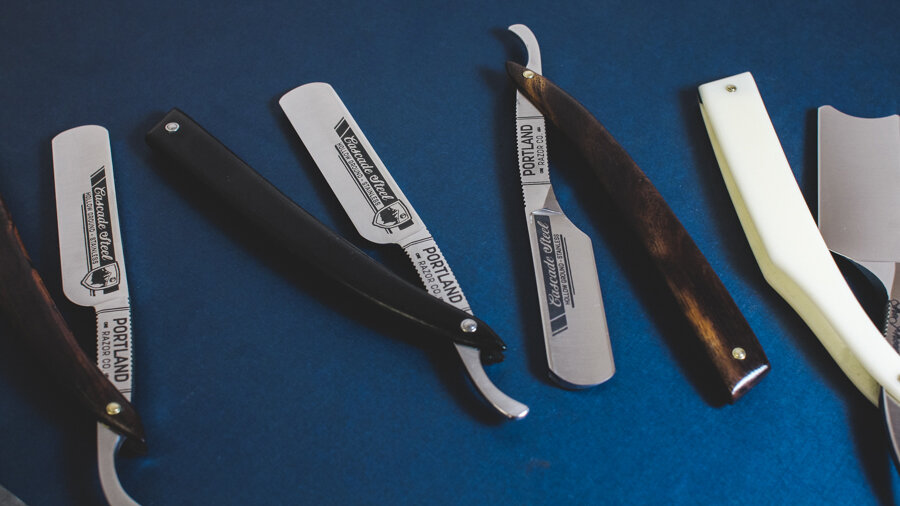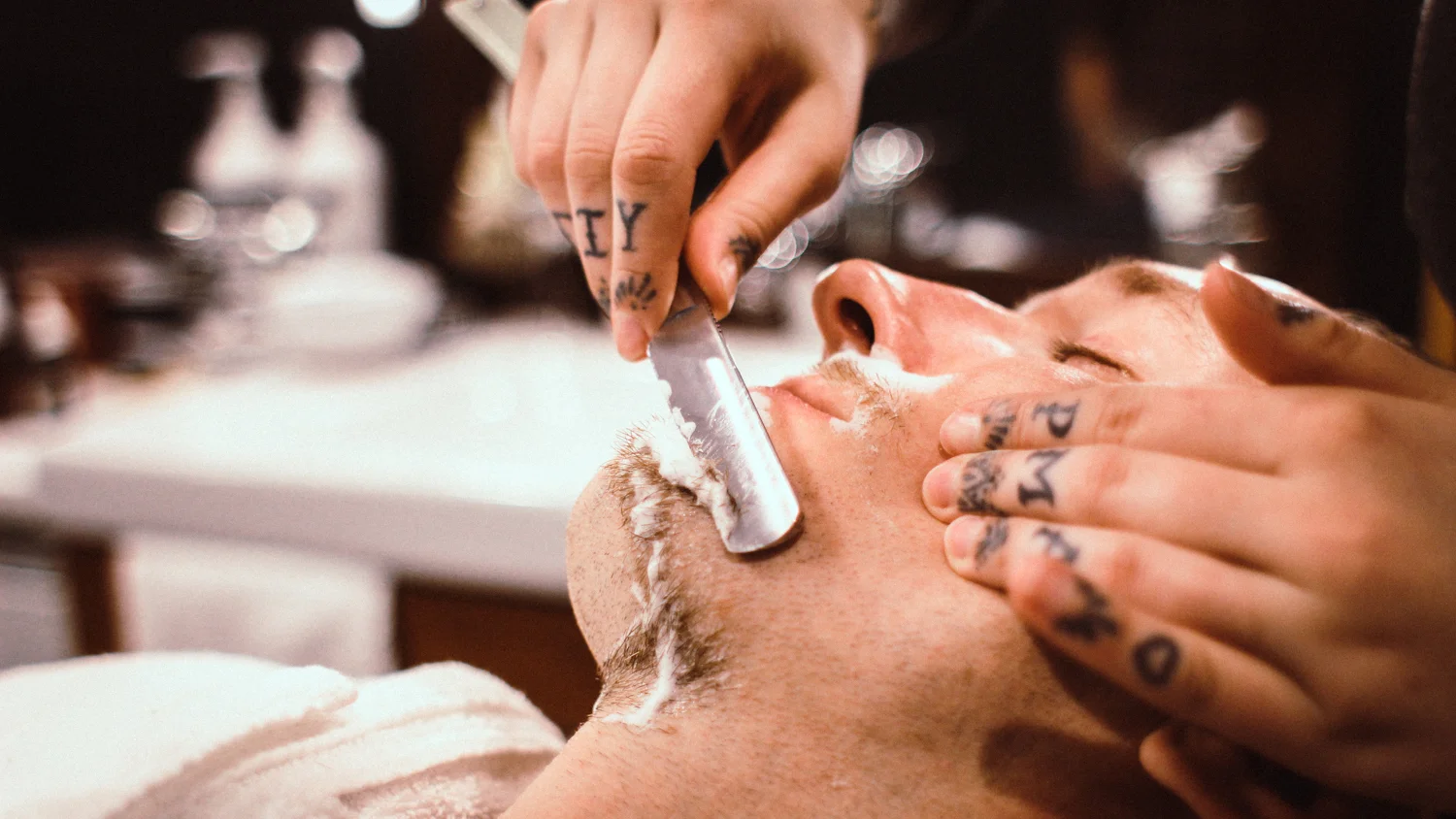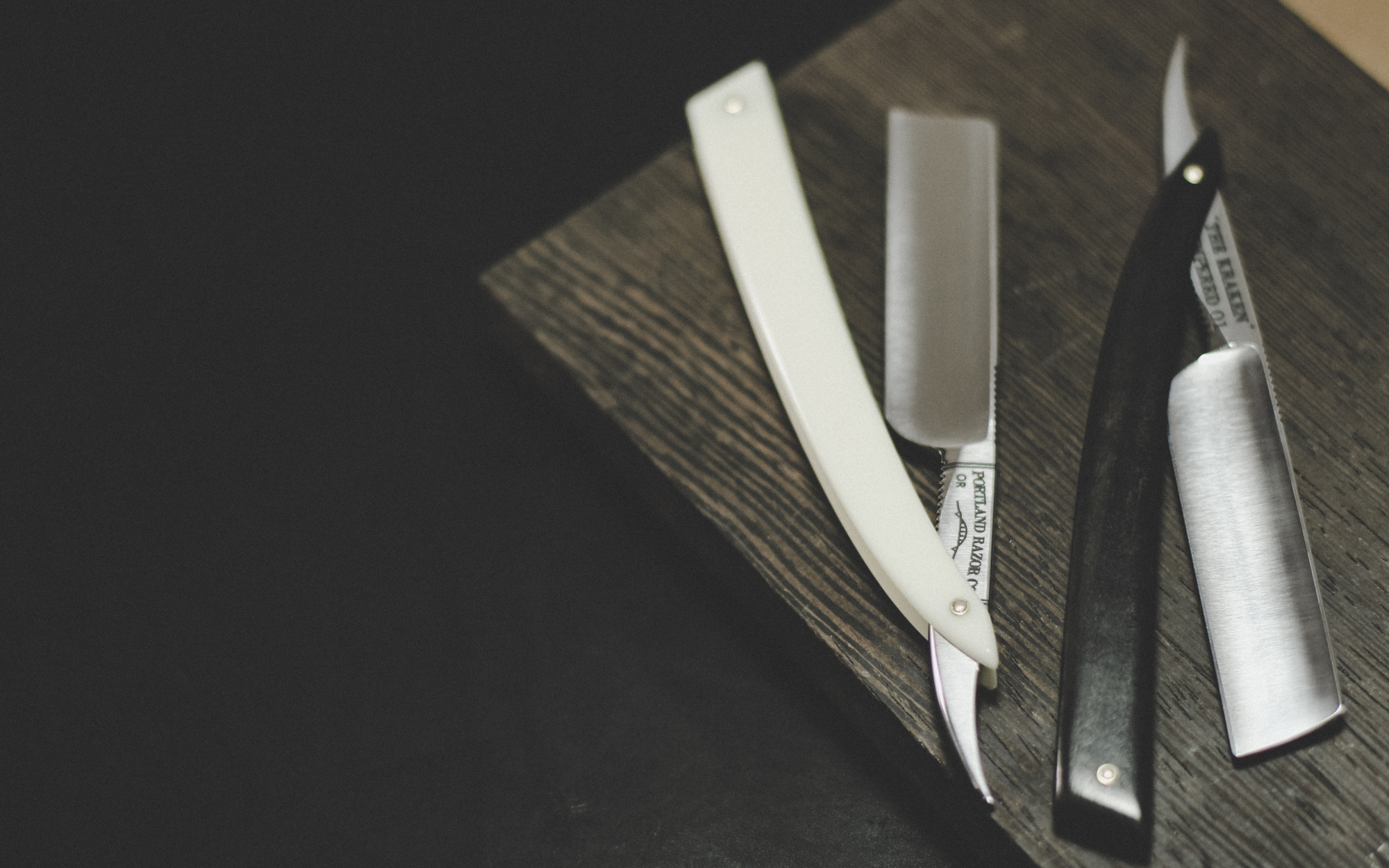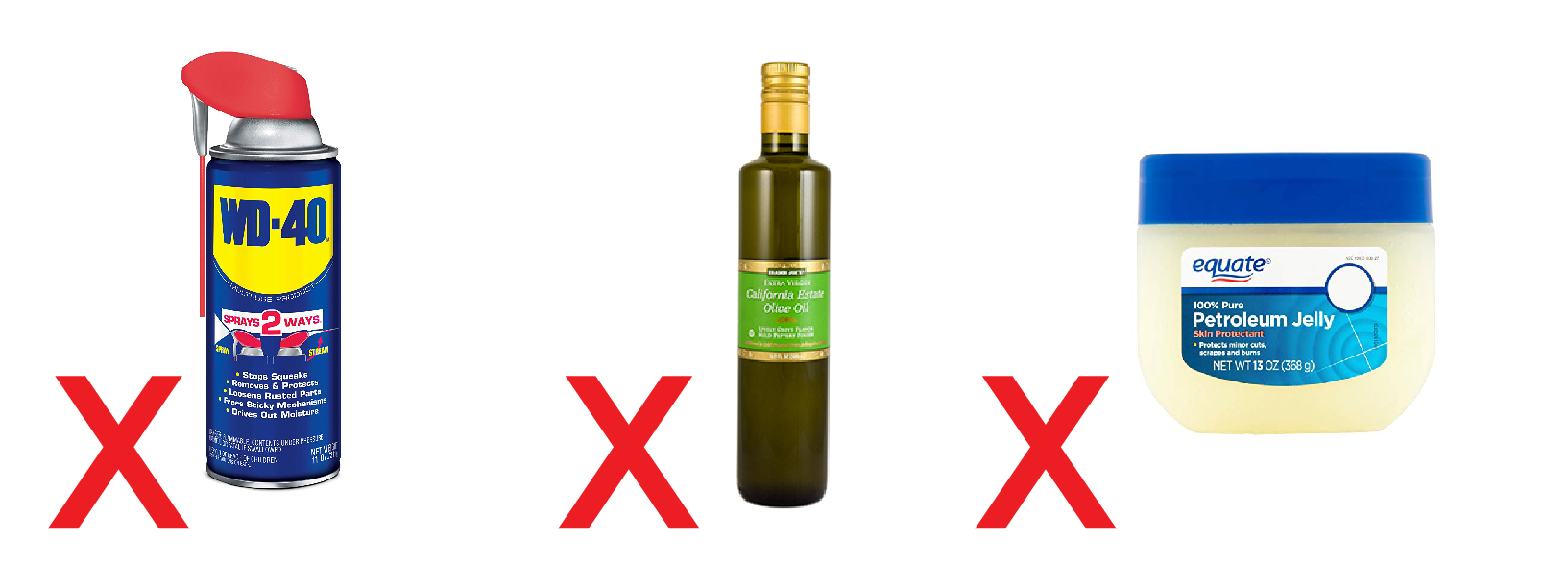What makes an excellent honing service? Our honemeisters offer timely turn arounds and decades of expertise!
Special Skills & Experience
A good razor honing service begins with the basics: can the honemeister (the person honing your razor) produce a shave-ready edge while protecting the razor’s lifespan? Using the appropriate tools--traditional water stones up to 8000-grit or higher--and removing the minimum amount of material to produce an edge that maximizes the razor’s performance is best. Basic competency in straight razor sharpening is necessary, yes, but working on others’ razors adds a layer of unknown variability and complexity. An experienced honemeister will know how to evaluate the blade’s shape, geometry, grind, temper, shoulder, and existing wear; and adjust their technique accordingly.
“Thanks for doing such a good job sharpening the blades. Honestly I have finally enjoyed a straight razor shave due to these.” -Brennan
Straight razors are fundamentally different from other knives. They cannot be sharpened using the same methods as your kitchen knives, for example. Grinders are second only to rust in their unique ability to destroy a straight razor. They are also the most common tool employed by knife sharpeners. For this reason, seek out a specialist and do not trust your usual knife sharpener with your shaving razors.
As craftsmen, we have over 20 years of honing experience. Scott and I started collecting and honing straight razors in 2009 and began honing professionally under the Portland Razor Co. name in 2014. Additionally, measured by the number of units sold, the honing service was our top seller in 2019!
Cleanliness
Maintaining clean and sanitary practices during honing services is essential. We want to protect the razor from damage, ourselves from infection, and our clients’ health as well as their personal property.
We believe that razors should always leave our shop in better condition than when they arrived. Every honing service begins with a thorough cleaning and inspection. During sharpening, we use running water to keep the razor and hones clear of any abrasive slurry. We also lap our hones between each service to keep them perfectly flat, clean, and cutting efficiently. Finally, each razor is sanitized with an EPA-approved disinfectant and dried with a clean towel before return shipping.
► Watch our full honing service from unboxing to shave-ready edge!
Timeliness
For many of our clients, their straight razor is their primary shaving implement, so they might forego shaving while waiting for servicing. We understand shaving to be an important ritual for many and a professional necessity for some. For this reason, we work to minimize turnaround time and ship USPS Priority, tracked and insured.
Additional Services
“Your honing service is of inestimable value to me.” -Kevin
Offering the best honing service on the internet often requires more than honing. Some razors arrive with excessive rust, cracked blades, broken scales, or worse! Our experience making custom straight razors has made us uniquely qualified to offer additional services. Refinishing, modification, repairs, and the manufacture of replacement scales are among the restoration services we provide.
Order now to take advantage of FREE USPS Priority shipping on orders over $25--including honing services--and enjoy the best straight razor honing service on the internet!


